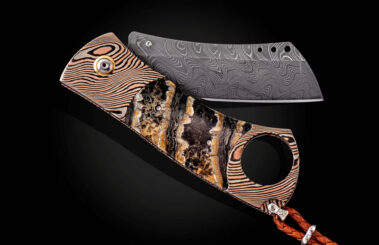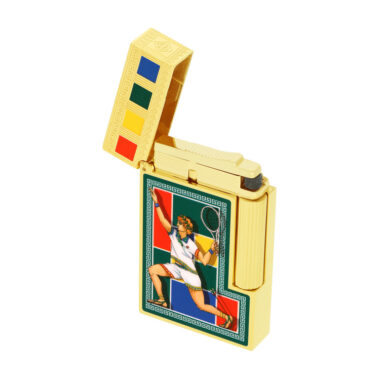A French-American artist who worked in New York, she is considered one of the most brilliant and groundbreaking artists of the twentieth century. Over a career spanning seven decades, she created a diverse, painful, and deeply personal body of work that combined sexuality and psychoanalysis, contributing significantly to the development of feminist theory. Her complex life story, which includes the death of her mother at a young age and the feelings of pain and betrayal following her father’s affair with her caregiver, served as the driving force behind her creations.
Her significant exposure came only at the age of 71, when she became the first woman to have a retrospective exhibition at the Museum of Modern Art in New York (MoMA). Her sculptures address family relationships, parenthood, partnerships, femininity, masculinity, pain, desire, and aggression. In 2017, the Tel Aviv Museum of Art presented an extensive exhibition of Bourgeois, titled “Two,” which focused on the theme of relationships.

A well-known and impressive sculpture by Bourgeois, The Couple, depicts a couple embraced and intertwined, appearing as though they are floating in the air. This sculpture was exhibited in 2016 in a park in Oslo, Norway, where it was placed within a forest, among tall trees. A year later, the sculpture was also displayed at the Tel Aviv Museum of Art.
One of Bourgeois’s signature motifs is the “spider,” which symbolizes her relationship with her mother, who died when Bourgeois was young, leaving her “defenseless,” without a stable foundation in the world. According to Bourgeois, “My mother was gentle, patient, and efficient like a spider. She could protect herself and me.” Indeed, her famous spider sculpture, towering at nine meters and made of bronze and stainless steel, is titled Maman. It earned Bourgeois the nickname “the Spider Woman” and has been exhibited in many exhibitions worldwide











